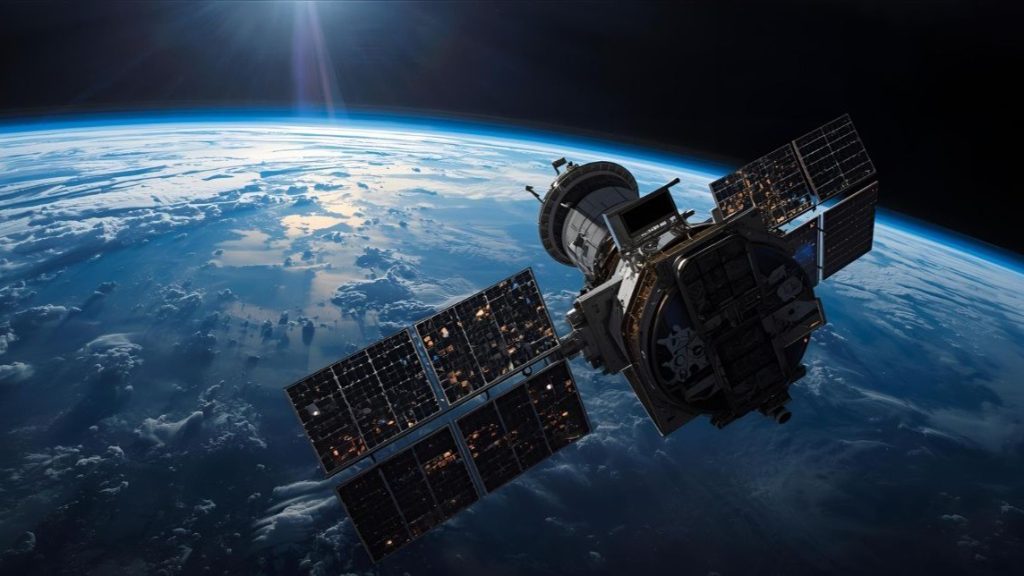India has successfully launched a landmark satellite mission in collaboration with NASA, marking a new era in space cooperation and climate monitoring. The NASA-ISRO Synthetic Aperture Radar (NISAR) satellite, valued at $1.5 billion, is the world’s first radar imaging satellite to use dual-frequency radar — the L-band from NASA and the S-band developed by ISRO.
Launched from the Satish Dhawan Space Centre, the satellite now orbits Earth at an altitude of 747 km. Roughly the size of a fully loaded pickup truck, it is equipped to map the planet every 12 days with a 240-km-wide radar swath. Its technology is capable of detecting movements as small as a centimeter, making it a powerful tool for tracking environmental changes and natural hazards.
The potential applications are vast. From monitoring Himalayan glacier retreat and permafrost shifts to identifying landslide-prone zones in South America, the satellite will provide essential data for both scientists and disaster response agencies. It will also capture subtle movements in the Earth’s crust that precede earthquakes or volcanic activity, offering new opportunities to strengthen early-warning systems.
ISRO Chairman V. Narayanan emphasized the global impact of this mission, noting that the data will not be confined to one or two nations, but freely available worldwide for research and hazard management. NASA’s Casey Swails described NISAR as a “pathfinder,” highlighting how the mission demonstrates the potential of international partnerships in advancing Earth science.
The collaboration arrives at a time when India is expanding its space ambitions, following the Chandrayaan-3 moon landing and upcoming Gaganyaan human spaceflight program. India has also announced plans to build its own space station by 2035 and partner in future lunar missions.
NISAR is expected to operate for at least five years, during which its freely accessible data will enhance transparency, research, and preparedness against climate-related risks. More importantly, it symbolizes how space science can transcend borders — uniting nations to tackle challenges that affect the entire planet.



